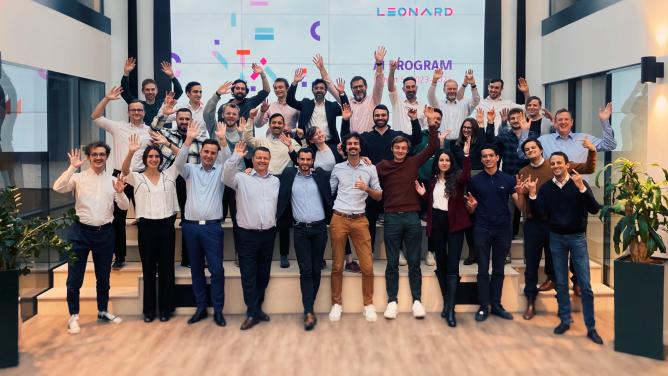What specific needs are met by platforms connecting specialised independent professionals to construction companies?
When a construction company needs to recruit a specialist for a project, the search is usually a simple case of picking up the phone and using their contacts, such as an associate, or an expert with whom the company has already worked. Traditional networking is reassuring. It is a tried and tested way of ensuring that people match the profile the company is after. The search for reliability is key in a sector where mistakes can come with a hefty price. But using one’s professional network is not cost-effective, as construction companies spend one hour a day on average looking for specific personnel.
Yet the need for skilled workers is only going to increase: 20% of the sector’s employees will be retiring in the next 10 years and 200,000 managers will have to be replaced. In France, there are key construction projects in the pipeline, such as the 2024 Olympic Games. The pandemic has shown the limitations of traditional ways of monitoring workloads and project management. A number of companies have stopped hiring, but still need to go ahead with their projects, so they are after new and efficient ways of finding the right specialists. This is where the platforms come in. This is a really auspicious time for them.
How can platforms provide a reliable service to the construction industry?
The first reliability test consists of checking the experience and skills of the specialists registered on the platform. We carry out a thorough fact-checking process and take references. This process is all-important as it can be used by any client on the platform. The profiles of the registered freelancers are updated once the assignments are completed, which all come with a rating and a recommendation. The other reliability test is the platform itself. Construction jobs are extremely technical and require a wide range of skills. The platform designers have to offer a detailed and technical capacity to reflect this. We have extensive knowledge of construction expertise, encompassing work assignments, trades, and digital tools, building constraints as well as the need for different levels of competence on site.
Are builders’ practices changing with the use of platforms?
The most striking thing for me is that the companies that choose to use our platform can access markets that might be outside their reach due to a lack of skills. They can tap into expertise to meet demands for which they are not necessarily equipped in the first place. The digitisation of the construction industry and the widespread use of BIM software calls for very specific profiles.
A client recently needed an expert in 3D modeling, specialising in light reflections. Thanks to our platform, he has been able to hire a specialist with a background in video game modeling. Initially, many clients use the platform for a small assignment. They then use it again for a bigger job. Some clients use the platform to choose and manage their own team, including dealing with quotes and contracts. Today, 50% of the users on our platform are repeat customers.
How are freelancing services in construction changing?
Together with greater skills diversification, employees who are more likely to register on the platform are either leaving the workforce or are looking for extra work. In any case, freelancing means that they can manage their time and choose what project to approach. Working from home has given people more time, as they spend less time commuting to work. For some, this can amount to an extra day a week. They can therefore offer their expertise on a freelance basis to the platform. This has tended to be the case with younger workers, but a pattern of wider usage is apparent.


